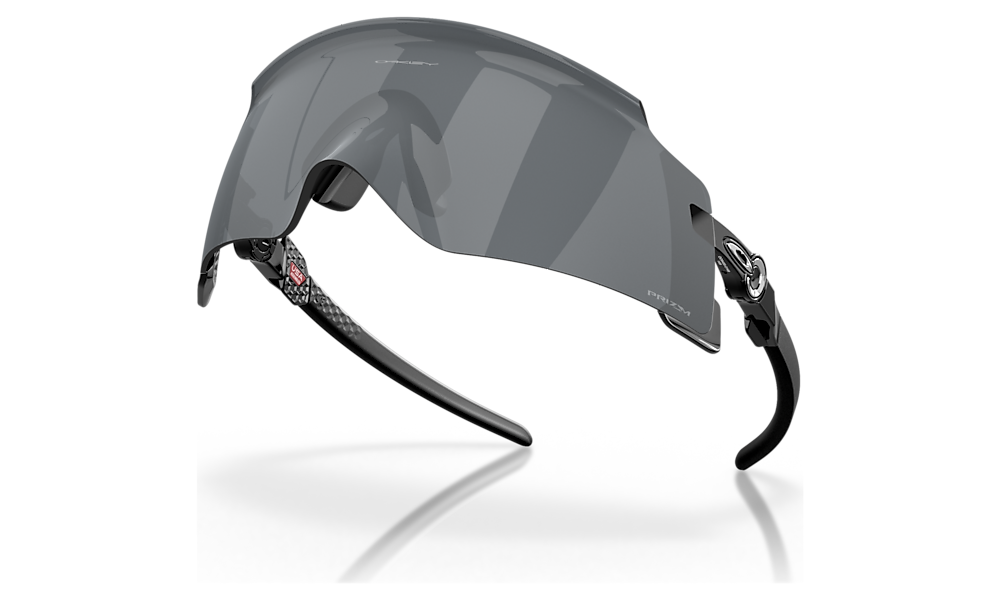The second release in Patrick Mahomes II’s Signature Series Collection, the sleek and modern lines of Contrail become an ode to the accomplishments of the NFL MVP and Super Bowl Champion & MVP. With hints of gold to celebrate his achievements, Contrail is a modern take on the classic pilot sunglass infused with Oakley design elements. They feature a lightweight, durable C-5 alloy frame while the adjustable silicone nosepads help create an ideal fit for stylish, all-day comfort.
• SIGNATURE SERIES – Includes a signature microbag decorated with Patrick Mahomes II’s signature and II marking
• DESIGN – Classic silhouette with Oakley design appeal
• FRAME MATERIAL – Constructed of ultra lightweight, C-5™ metal material
• ALL DAY COMFORT – Earsocks are molded the temples to help provide all day comfort and retention
• ADJUSTABLE NOSEPADS – Grip-fit, adjustable silicone nosepads help provide an ideal fit
• SEE MORE DETAILS – Available with Prizm™ Lens Technology designed to enhance color and contrast so you can see more detail





by Arby
Very nice looking and fit perfectly, for daily use or to dress up.
by Theo
Once they were on my face, that wow it feels so good feeling was instant. I even told my wife to try them on. Can’t get them back from her. She’s been looking for something that felt right on her. Guess she found them!
by Luke
Great product, but when you buy it yourself you don’t get the cool Instagram package that is on Patrick Mahomes story.
by Connie
Great fit and snug enough to really move without a concern.